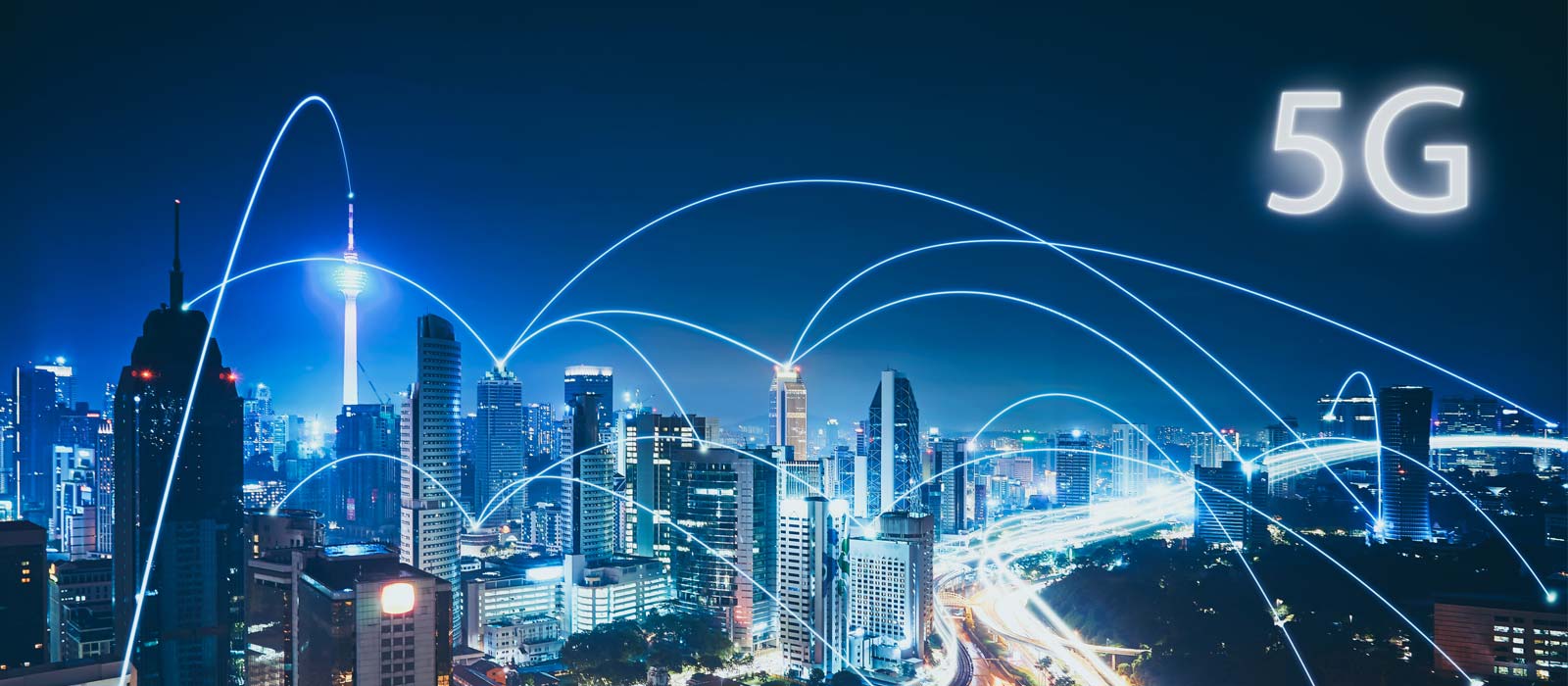
02 Dec How 5G Will Enable IoT
How 5G Will Enable the IoT
With the advent of 5G underway, the fifth-generation standard of wireless mobile communications, there is a promise of greater network speeds and lower latency, just to name a few of the purported benefits. Will 5G improve the (Internet of Things) IoT? The answer points to yes, but not nearly as soon as many hope.
The reality is that 5G is still being implemented this year, even by all four major carriers (AT&T, Verizon, Sprint and T-Mobile). With each carrier, there’s not a full rollout yet as it’s being deployed in a limited number of major cities. However, Dallas-based AT&T “appears to be leading the pack with the most cities deployed.”
While the race is on to fully deploy 5G, there is much work to be done. “We are likely to see a rolling deployment of some 5G capabilities from 2020 onwards and best estimates are that full-scale 5G deployments are not likely until around 2025”, according to Paul Bevan, research director for IT Infrastructure at Bloor, an advisory and consulting firm.
Additionally, keep in mind that economic factors will contribute to how quickly 5G will be implemented. Network operators and companies will need to invest significantly in order to roll it out. With all of this in mind, let’s explore how the IoT will benefit from the advancement of the 5G network.
What is 5G?
Essentially, 5G transmits data units over the air via higher radio frequencies. 5G is the fifth generation of wireless standards and technologies, which promises to be 100 times faster than 4G and provide reduced network latency of up to 1ms.
While 4G helped usher in the era of mobile internet, 5G promises to support high-bandwidth applications and better control of machines, objects and devices, such as the IoT. Reportedly, 5G could provide support of up to a million devices or more per square kilometer due to 5G’s new radio interface.
6 Ways 5G Will Enable the IoT
1. It will enable edge computing and analytics
Rather than send data back to the cloud or to an application, edge computing integrates data processing into edge devices. Due to 5G’s greater network speed and lower latency, edge devices provide real-time control of IoT devices that many people demand, which is imperative given the business-critical applications it supports.
2. It will enable network slicing
Also supported by 5G is network slicing, which makes it possible to divide 5G access into virtual segments. Each segment can then be “customized to support different types of applications. Network slicing has the added benefit of securing one segment’s traffic from that of other segments.”
3. It will better enable low latency applications like autonomous driving
Autonomous vehicles need to process large amounts of sensor data in real-time. Because latency is improved with 5G, IoT devices will support vehicle-to-vehicle communication and improved data transfer speeds, all of which will contribute to faster vehicle response times.
4. It will support AI and machine learning for near real-time analysis
If machine learning can occur on the device versus on the edge or in the cloud, near real-time analytics will be better supported due to 5G’s greater network speeds and low latency. This will inherently improve IoT device performance and maintenance, something every device manager seeks to do.
5. It will enable longer battery life of IoT devices
Because 5G improves battery consumption, low-power applications will need less energy to run. “Power-saving features, such as a new synchronization signal, a wake-up signal and system-change notification flag, lighten the power load and help extend battery life to more than 15 years in the field,” according to a Sierra Wireless whitepaper.
6. It will support fog computing
Fog computing places computing and storage capabilities near edge devices and provides device-to-device, local communications and “offers greater control system resiliency and sends summarized data to the cloud-based applications.” Fog computing also enables real-time applications that can’t be supported by the latency of the cloud.
Conclusion
While many industries will benefit from the IoT, keep in mind that 5G isn’t a panacea for securing and operating IoT devices. However, if companies are looking to digitally transform their organization or company, 5G will provide a clear business advantage through its inherent benefits.

